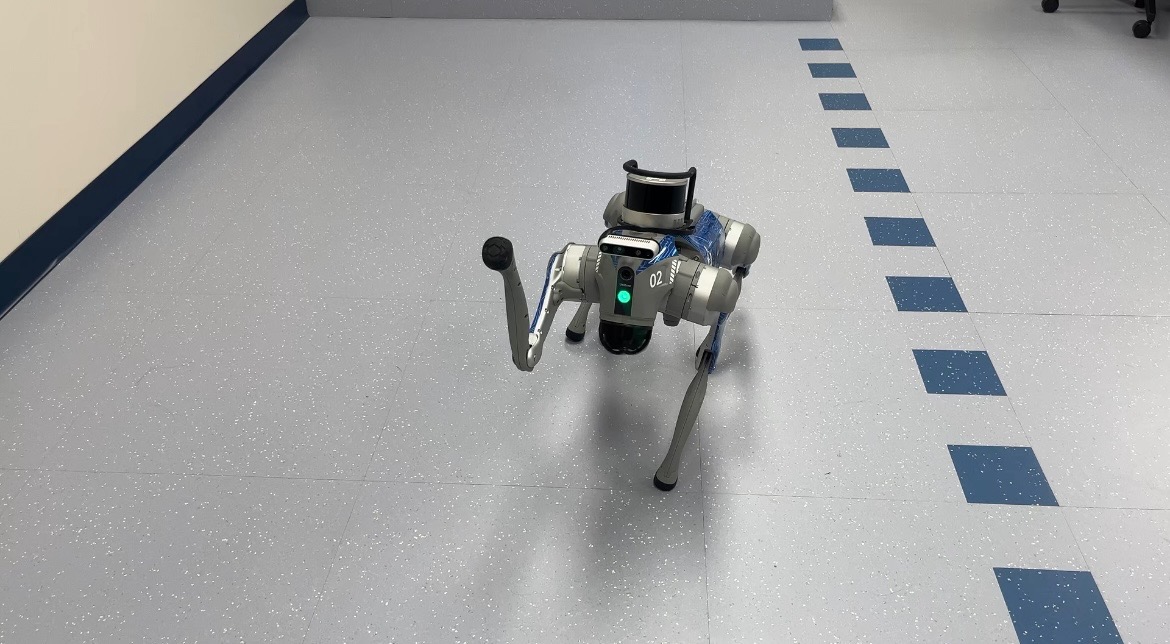by Nicholas Leahey
Jennifer Cardines is working the late shift at Tony’s Central Pizza. As she stands behind the counter, a customer walks in.
“Hi, how can I help you?” she asks.
“Hi, I was wondering if I could get some stuffed shells,” asks the customer.
“Sure, anything else?”
“Nope. Oh and you guys take blue chip, right?” he says.
Slightly annoyed, Cardines pauses, then gives a quick “yeah.” She then takes the blue chip, swipes it, and gives it back to the customer.
Normally, Cardines wouldn’t mind helping any customer with a card. With a blue chip card, however, her annoyance stems from the fact that unlike normal credit or debit cards, which can charge between three and four percent business surcharge fees, the blue chip card charges upwards of 11 percent.
“I don’t like it because it costs them way too much money. [The owners] lose money from it,” says Cardines.
Like purchases made at Tony’s Central Pizza and other businesses located especially in the Central Square Plaza across the street from DiLoreto Hall, it’s not uncommon to frequently see students use money they have on their blue chip card to pay for their meals at places that accept them. In the plaza, which houses many popular chains and locally-owned restaurants, including Dominos, Dunkin Donuts, Underground Deli, Tony’s Central Plaza and others – it means almost every business.
“We kind of half to have it because the university is right there,” says Wing It On Manager Andrew Gruner.
While the blue chip card machine is a fixed 30 dollar monthly rate, the 11 percent surcharge fluctuates for each business based on the volume of blue chip card usage. As a result, some businesses find themselves paying more than others based on their student customer demographic.
“We get a lot of customers late at night because we’re one of the only businesses which is open late,” says Gruner. He adds that on any given night, upwards of a third of all students who purchase meals will use their blue chip card to do so. The most revenue he has seen in one night from students using blue chip was approximately $1,500.00, before the 11 percent surcharge fee.
“When you look at the amount at the end of the month, you look at it and you’re like ‘woah, that’s a lot,’” says Gruner.
Most businesses in the Plaza see the most purchases with blue chip at the beginning and ending of each semester, when students use their newfound blue chip card money or attempt to get rid of the remainder of what is left from the semester.
“We usually see students use their blue chip the most at the beginning of the semester,” says Nicole Hale, Owner of the Underground Deli. “We usually don’t see blue chip in the summer at all.”
In order to help compensate for fees associated with the blue chip card, some businesses in the plaza have adopted different methods of generating more revenue.
Dominos, specifically, charges an extra fee for food delivery, while subway charges an extra fee when using blue chip money on purchases. In Subway, a sign was recently posted on the outside glass next to the sandwich station, which states that subway discounts and coupons are not accepted with blue chip.
Despite businesses that view the blue chip card as a burden or nuisance, some businesses view the blue chip card program as a necessary fee to attract more students and create more revenue.
“On any given day, I only see maybe five, six or up to seven people use it,” says Rotana Grill ‘n’ Lounge Manager Hicham Choukkairi. His demographic of costumers are mostly non-students.
“Because I don’t sell a lot with blue chip, it doesn’t affect me a lot,” says Choukkairi. He hopes the fact that he uses blue chip will attract more students.
The 11 percent merchant surcharge that is charged to the business when a blue chip card is used is done on a monthly basis, similar to that of other credit or debit card companies, and is done based on the total of all blue chip card purchases. In addition, businesses are charged an additional $30.00 a month for using and maintaining a blue chip card machine that processes the transactions.
While the blue chip card office handles all on campus-related blue chip business, all off-campus finances are handled by an outside company called Off-campus Advantage, a subsidiary of the Cboard Group. Popular among universities and colleges across the country, Central Connecticut, Southern Connecticut and Western Connecticut all currently possess a joint contract with Cboard to handle all off-campus vendor finances.
According to the Blue Chip Card Office, of the 11 percent merchant surcharge fee, the school receives roughly half, or 5.5 percent. The revenue is then transferred to the University’s general fund, which is designated for a wide range of University funding in different areas. As a result, CCSU makes 5.5 percent of all blue chip card purchases.
“There are certain costs with running a program,” says Thomas King, CCSU Director of Auxiliary Services for Information Technology.
The remaining 5.5 percent is received by Cboard. It is unclear, however, if that money goes back to maintaining blue chip machines or other various part of software infrastructure. Cboard did not respond to phone calls or messages.
“I don’t think they’re at disadvantage,” says King, referring to local businesses. “I don’t think they would be a part of the program if they didn’t think it was worth it.”
“We do it for the kids, so that they will come,” said Tony Antonaras, Owner and Manager of Tony’s Central Pizza. “We need it.”
Categories:
Blue Chips Cause Annoyance for Local Businesses
March 11, 2016
0
More to Discover



